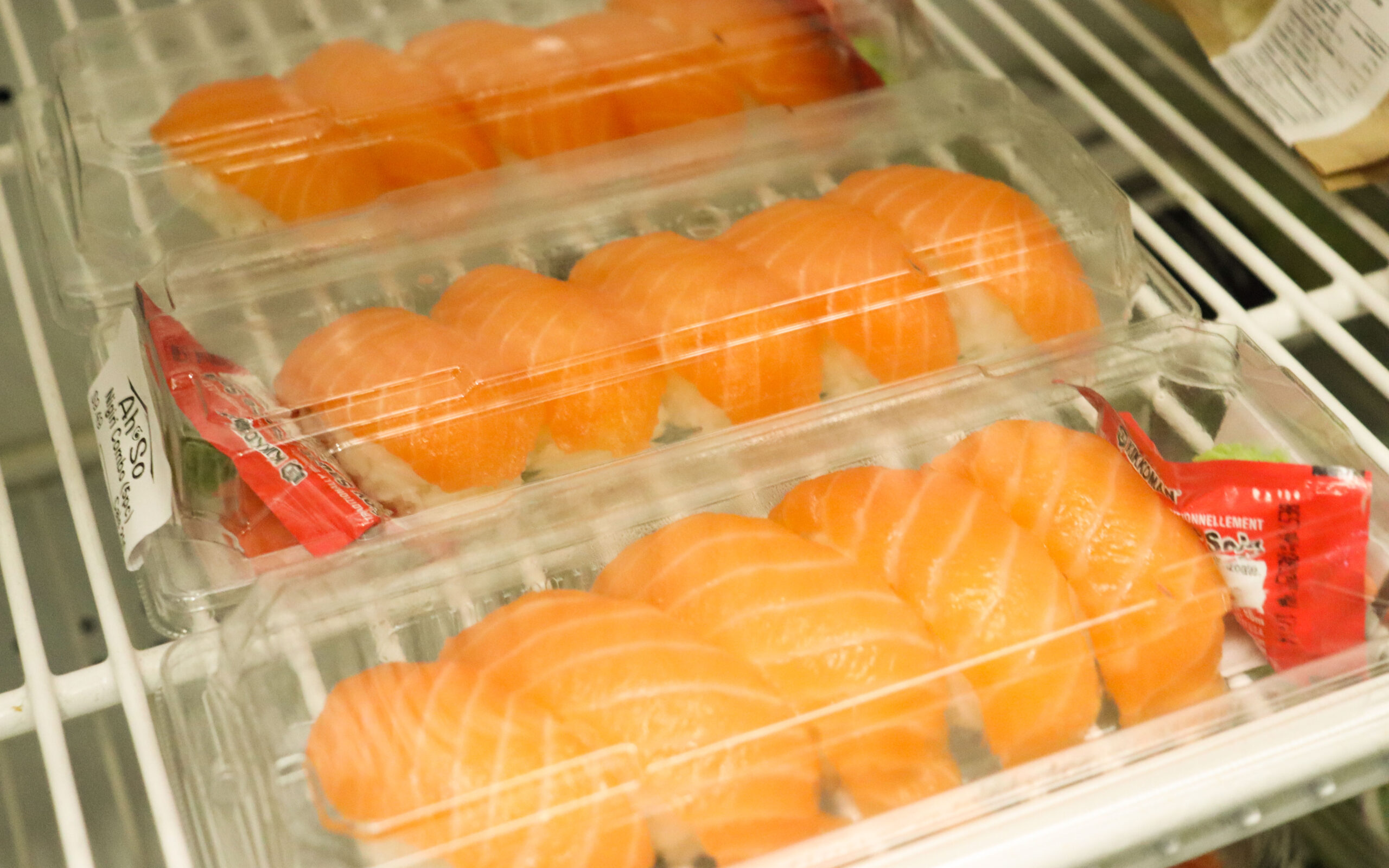Asian healthy eating habits: The secret to aging backwards
How do Asians look so young? Here, we are going to spill some of the greatest secrets that Asians have been following for centuries to remain healthy and youthful.
Asian countries are frequently recognized for their ageless appearances and healthy lifestyles. These communities often claim that diets are at the forefront of their healthy lifestyle, and are the key to their good health and their tendency to seemingly age backwards.
Why do Asians drink hot water?
Asian countries often prefer hot drinks over iced drinks. This is not merely a preference. It’s actually supported by various scientific reasons.
Our normal body temperature is around 98.6°F or 37°C. Drinking warm water provides our bodies with the closest temperature it prefers. In Chinese medicine, it is believed that cold beverages weaken the body, especially our spleen. The spleen’s responsibilities include fighting invading germs in our blood, controlling the level of our blood cells, and filtering our blood cells. As such, the health of our spleen can affect our immune system and our ability to fight infections.
Constantly drinking cold beverages goes against the preferred temperature of our stomach and the spleen, giving it the extra chore of having to heat the cold beverage we ingested and impacting our digestion and nutrient absorption.
On the other hand, hot beverages warm up our stomach, which promotes blood circulation and helps our digestive system to work more easily.
Nourishing and scrumptious meals
If you are a sushi lover, I have some great news for you! Not only is it delicious, but it also contains a variety of health benefits.
Traditional sushi does not include processed ingredients like spicy mayonnaise, imitation crab, or fried onion flakes. It’s actually much simpler. A combination of dried seaweed, vinegared rice, and fresh seafood, dipped with soy sauce and wasabi, and voilà — there you have an authentic sushi!
Not to mention that sushi is also a type of resistant starch, since it’s a cooked and cooled carbohydrate. This type of carbohydrate avoids getting digested in our small intestines, which can helps lower our blood sugar levels.
There are many other popular, nourishing Asian meals. These include curry, which is traditionally made with health-promoting spices that contain antioxidants and anti-inflammatory properties, as well as Bibimbap, a Korean rice bowl served in a hot stone pot containing many vegetables, proteins such as beef, pork or tofu, and probiotic-filled kimchi.
“Not too sweet” is the highest compliment
While Asian cuisines are rich in flavors, one thing you might notice is that they rarely feature refined sugar. However, this does not mean that there is a lack of fancy desserts!
Many traditional Asian desserts are not only delicious but also contain many health benefits. It’s common to add foods that are naturally sweet into Asian desserts, including dates, coconut sugar, and red bean paste.
Some other examples include the Japanese dessert Daifuku, a round mochi stuffed with fillings, such as red bean paste and strawberries. Another example is the Thai dessert, Mango Sticky Rice, which is made with ripe mango, coconut milk, and sticky rice. Asian dessert options are endless — Sago from Hong Kong, Filipino Buko Pandan, Taiwanese Sweet Potato and Taro Balls are just a few of the other most famous post-entrée dishes from across the continent.
The point is, a good balance between enjoyable and healthy meals can make a huge difference in our bodies in the long run. It’s through accumulating these tiny mindful habits that amazing health results can be reflected in our lives!
Though we have only gone through some Asian healthy eating habits in this article, there are so many more lifestyle habits that contribute to their good health. Staying youthful is not just about genes. A lot of it depends on mindful habits!

